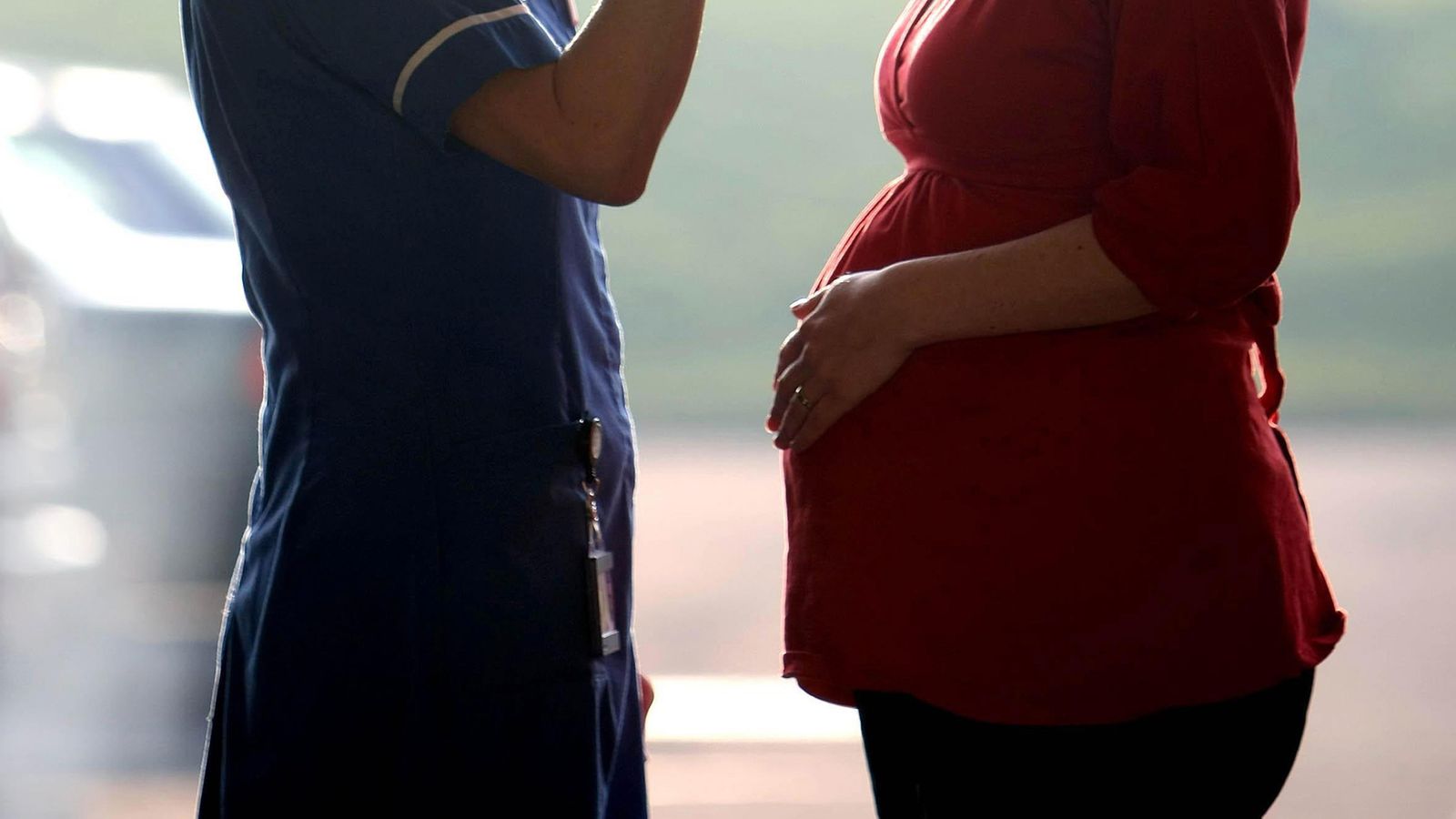A new method of treating women suffering severe bleeding after childbirth reduces the number of maternal deaths by 60%, researchers have found.
Postpartum haemorrhage (PPH) – defined as the loss of more than 500ml of blood within 24 hours after birth – is currently the leading cause of maternal mortality worldwide, killing one woman every six minutes.
It affects 14 million women each year and results in around 70,000 deaths globally, predominately in low and middle-income countries.
A study of more than 200,000 women in four countries, by the World Health Organization and the University of Birmingham, has now found that simple methods – when used together – can reduce the number of deaths significantly.
Researchers discovered that objectively measuring blood loss using a simple, low-cost collection device called a ‘drape’ and bundling together WHO-recommended treatments – rather than offering them one after the other – resulted in dramatic improvements in outcomes for women.
Severe bleeding – when a woman loses more than a litre of blood after birth – was reduced by 60%, with women less likely to die.
There was also a substantial reduction in the rate of blood transfusions needed for bleeding, which is of particular importance in low-income countries where blood is a scarce and expensive resource.
‘Scary, unpredictable – but treatable’
Currently, a major challenge in responding to PPH is that it is often detected too late for medics to respond effectively.
Most providers use visual inspection to assess bleeding, which tends to underestimate blood loss and can lead to life-threatening delays in treatment.
When treatment is provided, this is typically done in a sequential manner with gaps between each intervention – costing more time if the first options are not effective.
Now, if a woman is assessed to have severe bleeding she should be offered an immediate treatment bundle, the study suggests.
This would include uterine massage, medicines to contract the womb and stop the bleeding, intravenous fluid administration, an examination and, when needed, escalation to advanced care.
The new system is called E-MOTIVE intervention, and all parts of it can be performed by midwives.
Read more:
Mum’s agonising labour without pain relief
The Shrewsbury maternity scandal
How racism affects childbirth
Please use Chrome browser for a more accessible video player
“Postpartum haemorrhage is scary, not always predictable, but absolutely treatable. Nonetheless, its impacts around the world are tragic,” said Dr Pascale Allotey, director of sexual and reproductive health and research at WHO and head of the United Nations’ Special Programme of Research, Development and Research Training in Human Reproduction (HRP).
“No woman should fear for her life when giving birth,” she added.
“Effective solutions to tackle postpartum bleeding need to be available and accessible so that all women can experience a safe birth and a healthy future with their families.”






















